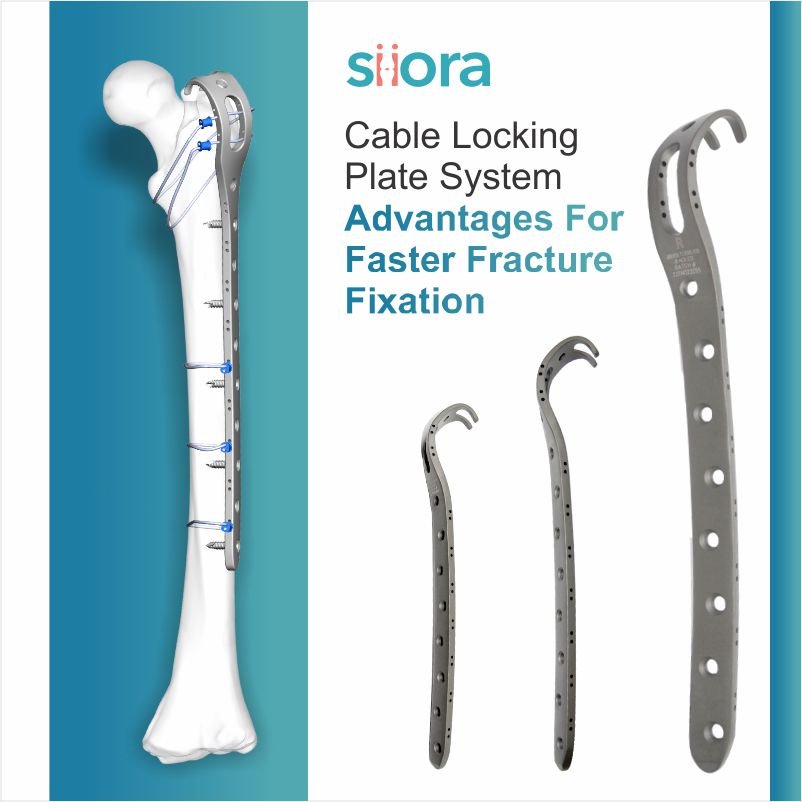Implants removal belongs to the foremost common elective orthopedic procedures in industrial countries. In an often-cited Finnish study, implant removal contributed to almost 30 percent of all planned orthopedic operations. Besides this, they did contribute to 15 percent of all operations of the department.
Controversy exists as to the necessity for routine orthopedic implant removal. In children, it can be essential to remove implants early to avoid disturbances to the growing skeleton. It is to avoid their bony confinement making later removal technically hard or impossible, and to enable for planned reconstructive surgery after skeletal maturation (for example, in case of hip dysplasia).
In adults, pain, the resumption of strenuous activities or contact sports after fracture healing, soft tissue irritation, as well as the demand of patient are typical indications for removal of the implant in clinical practice. Numerous surgeons will remember patients whose intractable, barely explainable local symptoms and complaints resolved rapidly after the procedure. Though, ortho implant removal needs a second surgical procedure in scarred tissue. This poses a risk for re-fractures and nerve damage.
Pain can even get worse after implant removal. In a series of 109 femoral nail removals, a rise in pain and discomfort was noted in 4/58 (7 percent) of all patients with, and 10/51 (20 percent) of all patients without pre-operative signs. Besides this, similar observations were made in subjects who had experienced open reduction and internal fixation of ankle fractures.
Corrosion, systemic release of nickel, cobalt, and chromium, and it’s presumed allergic, toxic, and even carcinogenic potential have been related to stainless steel implants. However, none of these adverse effects had influentially been confirmed in the clinical setting. Orthopedic fixation devices made from titanium alloy are less vulnerable to degradation and safe to retain in situ. Whereas, aluminum and titanium had been traced in serum and hair of 16 out of 46 patients after spinal instrumentation.
It is best to take the decision to remove an Orthopedic implant in consultation with the Surgeon. He will help evaluate the need, effectiveness, and risks of this common procedure in different clinical settings.








